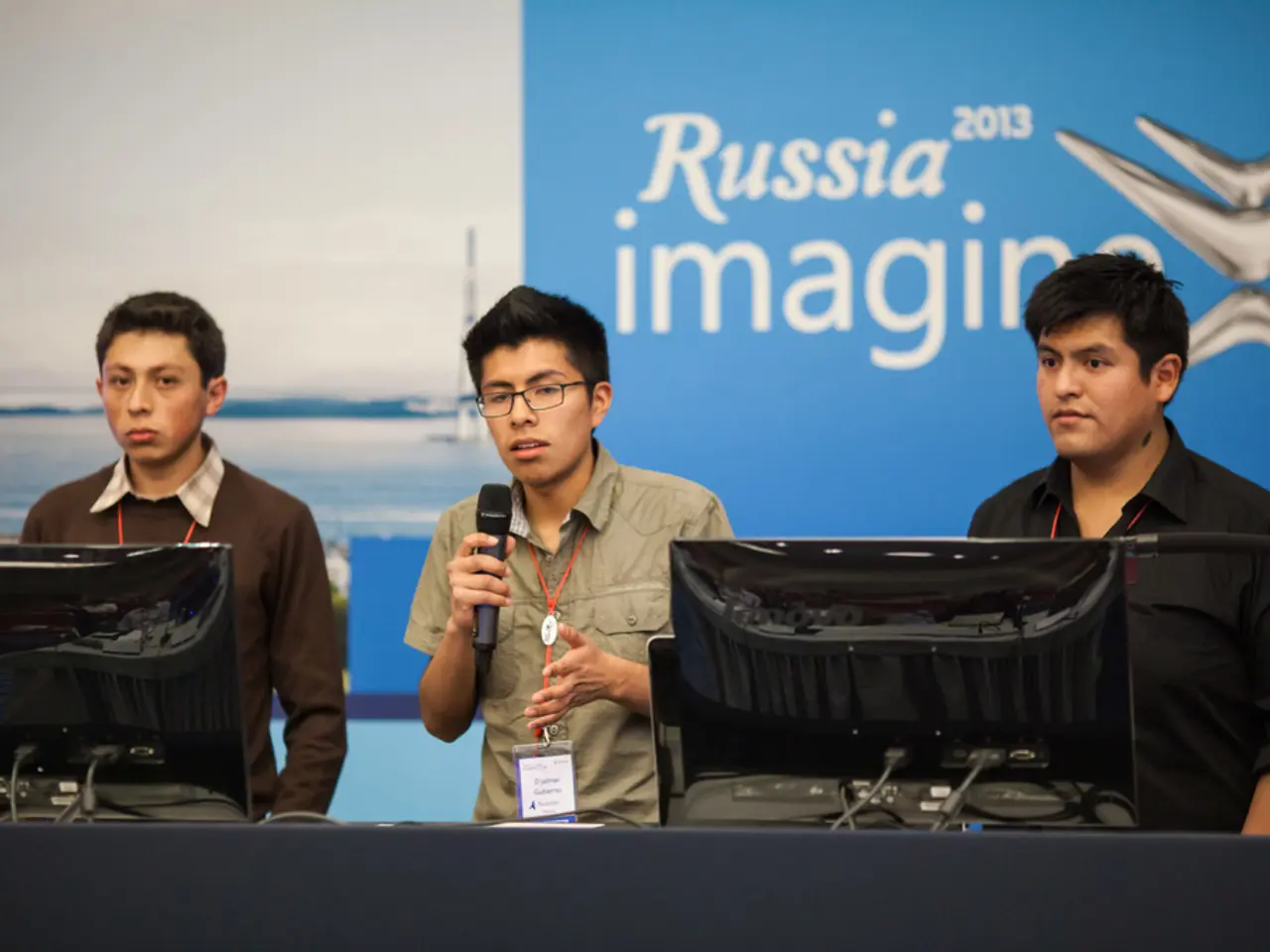Pharmaceutical deliveries from the United States to Russia have seen a fourfold increase.
Russia's pharmaceutical imports from the United States have seen a significant surge in 2025, with the total amount purchased in the first six months reaching $109.8 million. This trend, according to experts, is a result of evolving trade policies, sustained demand for innovative medical products, and incomplete domestic substitution of high-tech pharmaceuticals.
The increase in pharmaceutical imports can be attributed mainly to a partial revival of bilateral trade ties despite ongoing geopolitical tensions and sanctions. Russia's demand for advanced medical equipment and innovative pharmaceuticals, which domestic production currently cannot fully satisfy, has played a crucial role in this rise.
In June 2025 alone, Russia purchased various medical devices and equipment from the US for $5.8 million. The main imported medical devices and equipment included anesthesia equipment, magnetic resonance tomographs, and ophthalmological instruments. Orthopedic aids such as crutches, braces, and prosthetics were also imported during this month.
X-ray equipment was another significant import in June 2025. The total amount of pharmaceutical products purchased during this period was double the amount purchased for the same period last year, and 24% more than the May deliveries. Vaccines and immune sera, in particular, increased by 3.5 times in annual terms.
The increased imports allow the Russian healthcare system access to advanced pharmaceuticals and high-tech medical equipment, which are critical for maintaining service quality amid modernization efforts. However, reliance on imports, including from the US, exposes Russia’s healthcare supply chain to geopolitical risks and potential disruptions, which Moscow seeks to mitigate by pursuing "national drug sovereignty."
Despite Russia’s strong government drive to boost domestic drug production and reduce import dependence, Russian production still relies heavily on imported active pharmaceutical ingredients (APIs), primarily from China and India, but also needs innovative medicines and medical technology from the US to meet health sector demands.
The United States lifted export restrictions on certain types of medical equipment to Russia and Belarus in April 2024, which may have contributed to the increased imports. The American government also approved the expansion of the license allowing "export, re-export, and transfer (within the country) of certain medical equipment."
While Russia expands its domestic industry’s capabilities and exports, short- to medium-term demand for US pharma products reflects gaps in local innovation and production capacity, indicating a dual approach: strengthening internal production while selectively importing sophisticated medicines and technology.
Improved US-Russia trade relations in pharmaceuticals could enhance Russia's healthcare outcomes by facilitating access to cutting-edge therapies, but also signal cautious interdependence amid an otherwise strained geopolitical environment. The dynamic has nuanced effects on Russia's healthcare sector, balancing improved medical access with ongoing supply vulnerabilities and strategic ambitions for pharmaceutical self-reliance.
- The increased purchases of pharmaceutical products and medical equipment from the United States in 2025, particularly in June, demonstrate a strong focus on health-and-wellness, which is crucial for Russia's medical-conditions and represents an integral part of the national health-and-wellness strategy.
- The surge in pharmaceutical imports from the United States has also implications for Russia's finance, as the reliance on foreign sources for innovation and high-tech products, such as pharmaceuticals and medical equipment, could potentially expose the healthcare system to geopolitical risks and financial uncertainties.




